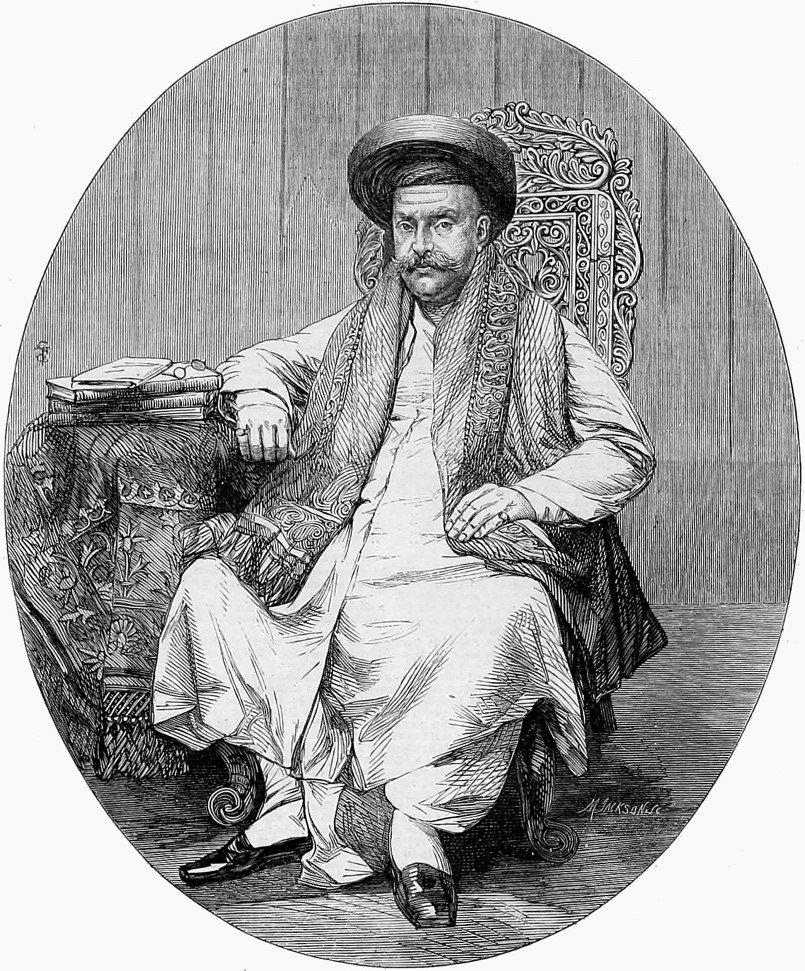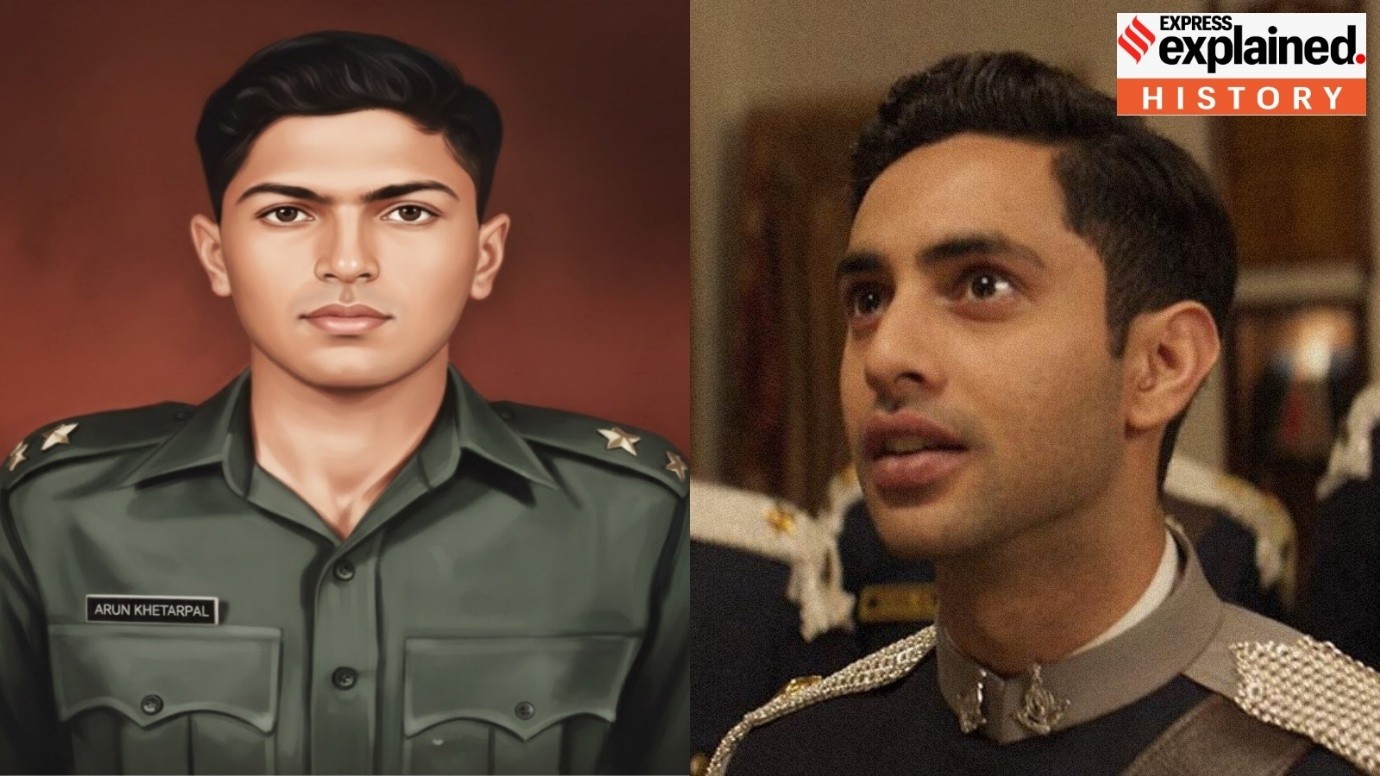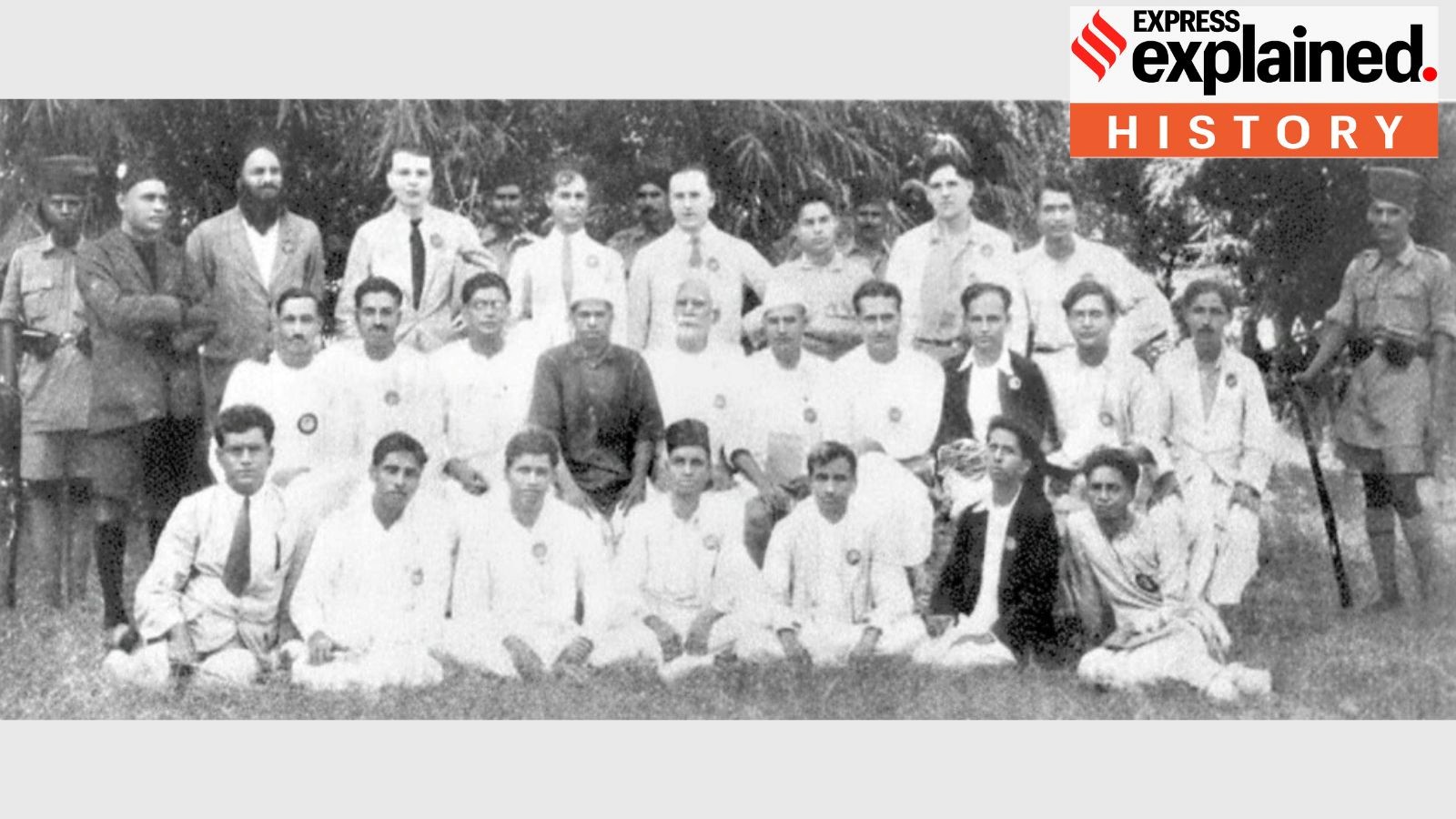Description

Disclaimer: Copyright infringement not intended.
Context
- The Maharashtra cabinet decided to ask the Ministry of Railways to rename Mumbai Central station after Nana Jagannath Shankarseth.
Details
- The social reformer, educationist, and philanthropist Nana Jagannath Shankarseth (February 10, 1803-July 31, 1865) is often described as the “architect” of Mumbai (then Bombay), who made extremely valuable contributions in terms of both ideas and money to multiple sectors, to lay a strong foundation for the city.
Early Life and Business Success
Birth and Family Background:
- Born in Murbad, Thane, Jagannath Shankarsheth hailed from the affluent Murkute family.
- His father, Shankar Murkute, was a successful dealer in jewellery and diamonds, earning the nickname Shankar Sheth due to his wealth and status.
Business Acumen:
- Jagannath Shankarsheth inherited his family's business acumen and amassed a considerable fortune, earning the trust of foreign merchants who preferred to entrust him with their treasures over banks.

Social and Educational Initiatives
- Advocacy for Girls' Education:
- Recognizing the importance of education for girls, Shankarsheth opened the first-ever school for girls in Mumbai in 1849.
- This groundbreaking initiative aimed to empower women through access to quality education, challenging traditional gender norms and promoting social equality.
- Founding of Educational Institutions:
- As one of the founders of the School Society and the Native School of Bombay, Shankarsheth played a pivotal role in establishing the first educational institution of its kind in Western India.
- The institution, initially known as the Bombay Native Institution, underwent several name changes, eventually becoming the renowned Elphinstone Educational Institution in 1856.
- Notable scholars and leaders, including Balshashtri Jambhekar, Dadabhai Nauroji, Mahadev Govind Ranade, and Ramakrishna Gopal Bhandarkar, received their education at the Elphinstone College during Shankarsheth's tenure.
- The institution's legacy continued with the enrollment of future luminaries like Gopal Krishna Gokhale and Lokmanya Tilak.
- Support for Girls' Schools:
- Shankarsheth's commitment to girls' education extended beyond the establishment of the first girls' school.
- He provided substantial financial support to the Students' Literary and Scientific Society for the opening of additional girls' schools, despite facing opposition from some members of the Hindu community.
- Diverse Educational Projects:
- In addition to his pioneering efforts in girls' education, Shankarsheth initiated various other educational projects to cater to the diverse needs of Mumbai's populace.
- These included the establishment of the English School, the Sanskrit Seminary, and the Sanskrit Library, all located in Girgaon, South Mumbai.
Urban Development and Reconstruction
- Alongside Sir George Birdwood and Dr. Bhau Daji, Shankarsheth played a crucial role in the reconstruction efforts of Mumbai starting from 1857.
- Their vision transformed the city's urban landscape, introducing spacious avenues and splendid buildings, marking a departure from the congested streets of the past.
Political Engagement
- Shankarsheth's influence extended to politics, as he became the first Indian member of the Bombay Legislative Council and the Bombay Board of Education.
- In 1862 he became the adviser of governor of Bombay presidency.
- Shankarsheth played a pivotal role in founding the Bombay Association, the first political organization in Mumbai, on August 26, 1852.
- The association provided a platform for prominent figures like Sir Jamshedji Jejeebhoy, Dr. Bhau Daji Lad, and Dadabhai Naoroji to advocate for civic reforms and political representation.

Cultural Contributions
- Shankarsheth's influence extended to cultural institutions, as he became the first Indian member of the prestigious Asiatic Society of Mumbai, contributing to the advancement of intellectual discourse and cultural exchange.
- Shankarsheth's support extended to religious institutions, as he generously donated to Hindu temples, reflecting his commitment to preserving cultural heritage and fostering communal harmony.
Conclusion
Jagannath Shankarsheth, known affectionately as Nana Shankarsheth, left an indelible mark on Mumbai's social fabric through his visionary leadership, educational initiatives, and philanthropic contributions.
|
PRACTICE QUESTION
Q. Shankarsheth's transformative contributions earned him the epithet of the "Sculptor of Mumbai," symbolizing his instrumental role in shaping the city's educational landscape and social fabric through his visionary initiatives and philanthropic endeavors. Discuss. (250 Words)
|









